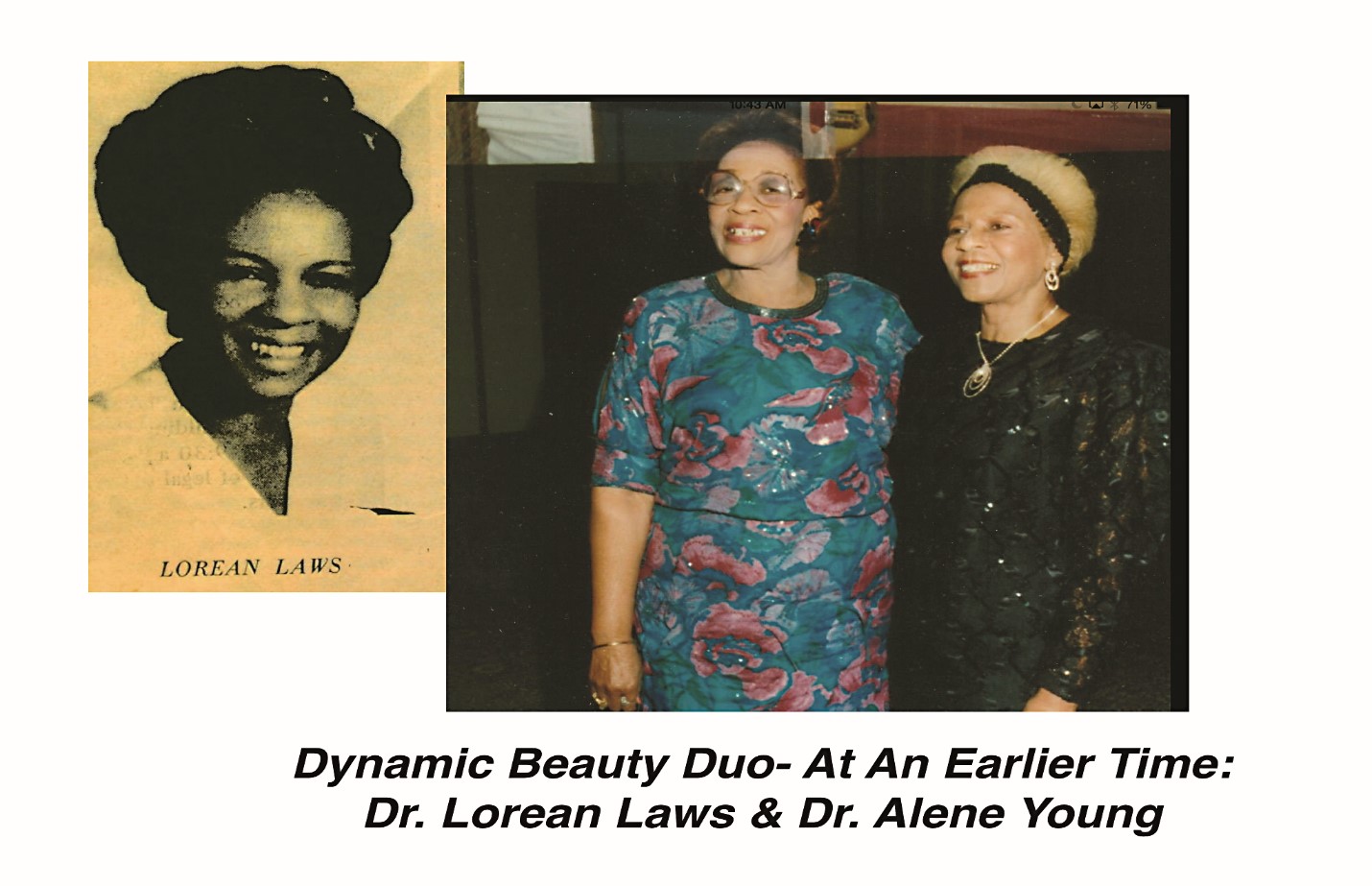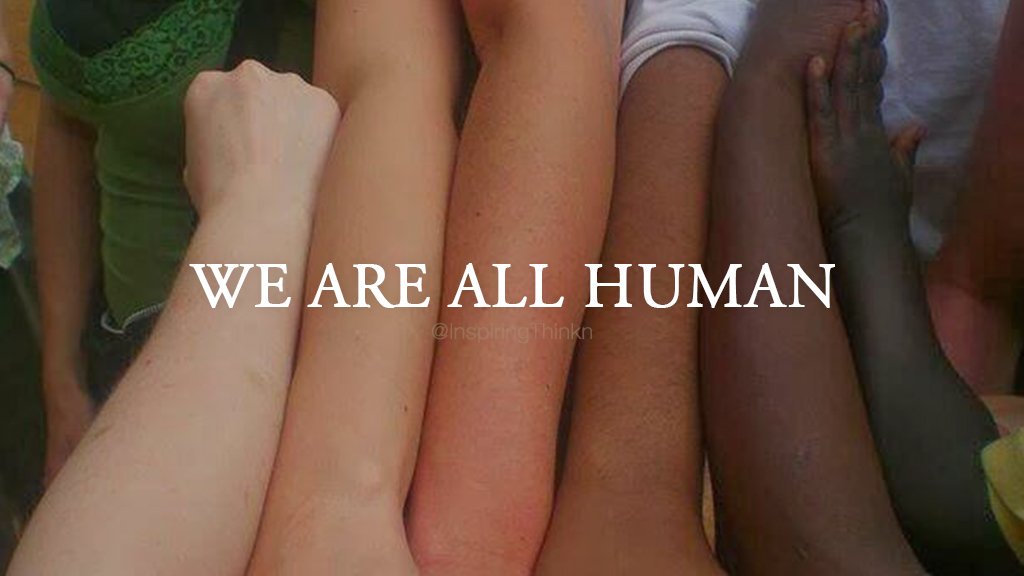
Depression in Black Boys Begins Earlier Than You Think
By Aaron Hunt, MS (Graduate Intern, APA Health Disparities Office) and David J. Robles, BA (Graduate Intern, SAMHSA Office of Behavioral Health Equity)
From 2001 to 2015, the suicide risk for Black boys between the ages of 5 and 11 was two to three times higher than that of White boys, according to a new research letter in JAMA Pediatrics (Bridge, 2018). This concerning trend continues through adolescence as reported by the Nationwide Youth Risk Behavior Survey (Kann et al., 2017). The rates of attempted suicide, including attempts that resulted in an injury, poisoning, or overdose, are 1.2x higher among Black males compared to White males.
These persistent trends are enrooted in life expectancy disparities that Black boys face. The APA Working Group on Health Disparities in Boys and Men recently released a new report on Health Disparities in Racial/Ethnic and Sexual Minority Boys and Men, which includes a review of research which may help to explain this increase in suicide in Black boys.
Recent national conversations on suicide have gone past the usual “reach out if you need help” messages to encouraging friends and family to reach out to individuals that they think might be suicidal or struggling with depression. This is undoubtedly important, but to do this, people need to know what depression looks like. According to the APA report, even professional health care providers have trouble detecting depression among racial/ethnic minority patients. Men from these groups are diagnosed with depression less often than non-Hispanic white males, and depression may also present itself differently in males as irritability, anger, and discouragement rather than hopelessness and helplessness.
The unique way that depression presents itself in males combined with the underdiagnoses of men of color with depression may intersect to cause further disparities for Black boys. The APA report discusses how Black boys are more likely to be viewed as older, less innocent, and more culpable than others—biased beliefs that may lead to harsher interventions in school starting as early as pre-kindergarten. In fact, Black boys are over three times more likely to be suspended from school than White students. These disparities combined with a lack of awareness about what depression looks like in men and boys of color may lead to social reprimand, school suspensions, and expulsion rather than to the mental health care that they need.
Young men of color are also more likely to be caught up in the school-to-prison pipeline as a result of these experiences. Black male high school students are also more likely to miss school due to feeling unsafe in their classroom environment or community, get in a physical fight in or outside the school setting, be a victim of sexual violence, and be a victim of physical dating violence (Kann et al., 2017). These risk factors remove what might otherwise be protective factors found in school or close social relationships.
There is clearly a need among national conversations of suicide for understanding how the role of masculinity, beliefs and social norms intersect to explain the disparities in health and well-being. As science advances there is a growing body of literature, but also a growing number of questions. Now is the time to leverage the tools and opportunities to make a difference and possibly save a life.

Although Black boys may face unique challenges, most racial/ethnic minority boys and men, as well as their families and communities, are resilient and seek positive growth and health. Having a greater sense of control over social and political forces, culturally responsive interventions, healthy cultural identities, and less rigid notions of masculinity show promise for helping racial/ethnic minority males become more resilient to depressive symptoms. Specifically, helping adolescents learn to display self-control over their emotions, talk with parents or friends, seek help, and have positive relationships with adults can help to build resiliency.
What can we do to reduce depression-related health disparities in boys and men of color?
- Teachers should take continuing education courses on cultural bias and depression in Black boys to help address the problems they face in a school setting.
- Clinicians need to stay up to date on best practices in working with racial/ethnic minority boys and men to make sure that they are not missing signs of mental illness.
- Researchers should continue to study health disparities in boys and men of color as well as how resilience can be formed at a young age and strengthened through the life-course.
- Community members should consider how to create protective factors for vulnerable boys in their communities (e.g. mentoring opportunities, after-school programs)
- Policymakers should consider legislation, regulator, and administrative actions for vulnerable boys, and seek to remove systemic structures that marginalize boys and men of color (e.g. disparities in school discipline, school-to-prison pipeline).
- Everyone can work together to eliminate the persistent exposure to implicit biases and microaggressions in settings where boys and men of color live, learn, work, play, and seek healthcare.
For information on how to promote the behavioral health of boys and men of color and how to use prevention research to guide practice:
- Data-Related Tools and Resources for Boys and Young Men of Color (SAMHSA Ensuring the Well-being of Boys and Young Men of Color)
- Programs Designed for and/or Evaluated with Youth of Color (PLAAY Preventing Long-term Anger and Aggression in Youth; Shape Up! Barbers Building Better Brothers)
- APA’s Building Blocks for Preschool Success (http://www.apa.org/pi/health-disparities/resources/education/default.aspx)
Look out for an upcoming blog post related to the health disparities in sexual minority men and boys sections of the APA report.
References:
Bridge, J.A., Horowitz, L.M., Fontanella, C.A., Sheftall, A.H., Greenhouse, J.B., Kelleher, K.J., Campo, J.V. (2018). Age-related racial disparity in suicide rates among U.S. youths between 2001 and 2015. JAMA Pediatrics.
Kann, L., McManus, T., Harris, W.A., Shanklin, S.L., Flint, K.H., Queen, B., Lowry, R., Chyen, D., Whittle, L., Thornton, J., Lim, C., Bradford, D., Yamakawa, Y., Leon, M., Brener, N., Ethier, K. (2017). Youth Risk Behavior Surveillance—United States. MMWR Surveillance Summary, 65, 1-174.
Biographies:
Aaron Hunt, M.S. is a summer graduate intern in the APA Health Disparities Office and a rising second-year Ph.D. Clinical Psychology student at George Mason University. While broadly interested in the intersection of clinical psychology with health, community, and social equity, Aaron has specific research interests in HIV, stigma, bias, disclosure, and social disparities. In addition to full-time graduate studies, Aaron is also an adjunct professor at a local community college and a proud member of the APA’s Health Equity Ambassadors program.
David J. Robles, B.A. is a summer graduate intern at the Substance Abuse and Mental Health Services Administration (SAMHSA) in the Office of Behavioral Health Equity (OBHE) and a second-year M.A. Psychology student at California State University, Los Angeles. David is broadly interested in studying the psychosocial processes underlying HIV, substance use disorders and psychiatric diagnosis among underserved communities and related behavioral health disparities. David’s graduate work is supported in part through a RISE NIH M.S.-to-Ph.D. Graduate Fellowship. David is also the Vice President for the MORE Programs Student Advisory Committee, a Campus Representative for the APA’s Society for Health Psychology and was recently selected as a Sally Casanova Pre-Doctoral Scholar.










